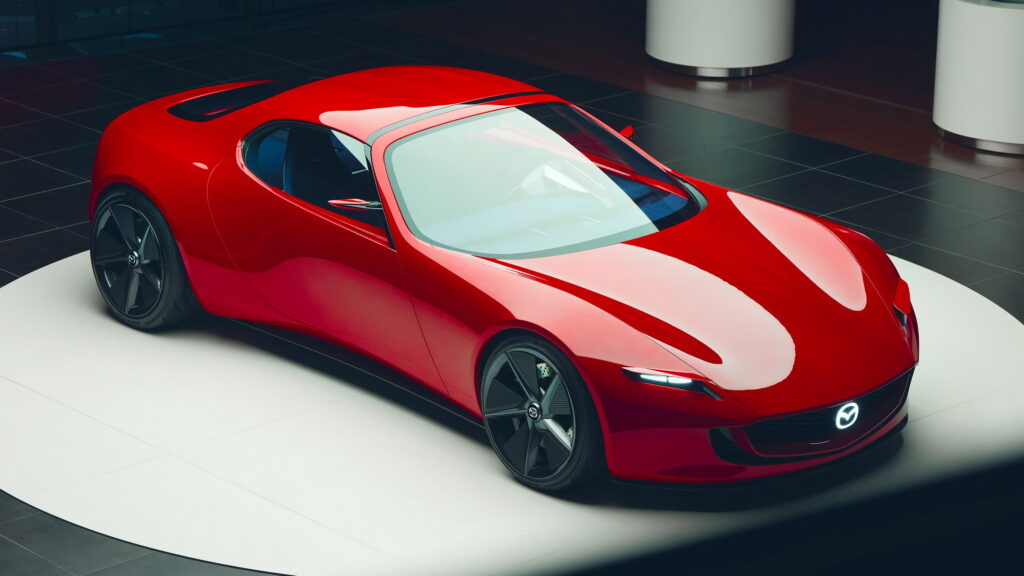America’s Most Loved And Hated Car Brands Just Got Exposed
- A new study has found Subaru and Lexus are the most satisfying mainstream and luxury brands.
- Chrysler and Ram were the worst mainstream brands, while BMW bombed in the luxury department.
- Customers of both mainstream and luxury vehicles were less satisfied with their car’s technology.
According to the latest American Customer Satisfaction Index Automobile Study, Americans are becoming less satisfied with their vehicles. The overall satisfaction index dropped one point this year to 79.
Mainstream brands held steady at 79, while luxury brands slipped a point as they fell to 80. The biggest drop came from smaller brands, which are grouped into an “others” category, as they plunged 9% to 74.
More: New Car Owners Overwhelmed By Modern Technology
Jumping into specifics, Subaru was deemed the most satisfying brand with a score of 85. It was followed by Mazda and Toyota in second with 82, while Buick, GMC, and Honda tied for third at 81.
Stellantis had a dismal showing as Chrysler, Dodge, Jeep and Ram all fell. In fact, all four brands found themselves at the bottom of the list with Chrysler and Ram tied for dead last at 69.
2025 American Customer Satisfaction Index For Mainstream Brands
| COMPANY | 2024 | 2025 | Diff. |
| Mass Market | 79 | 79 | 0% |
| Subaru | 83 | 85 | 2% |
| Mazda | 81 | 82 | 1% |
| Toyota | 83 | 82 | -1% |
| Buick | 80 | 81 | 1% |
| GMC | 79 | 81 | 3% |
| Honda | 82 | 81 | -1% |
| Hyundai | 78 | 80 | 3% |
| Chevrolet | 79 | 79 | 0% |
| Ford | 79 | 78 | -1% |
| Nissan | 77 | 78 | 1% |
| Volkswagen | 78 | 78 | 0% |
| Kia | 80 | 77 | -4% |
| Jeep | 75 | 74 | -1% |
| Dodge | 74 | 72 | -3% |
| Chrysler | 71 | 69 | -3% |
| Ram | 77 | 69 | -10% |
ACSI
Interestingly, satisfaction with most vehicle related components and experiences was largely unchanged. However, there were drops related to technology and safety. The latest study also introduced two new categories – expected future resale or trade-in value and driving distance on a full charge or full tank of gas – and consumers weren’t exactly thrilled with either, especially for EVs.
On the luxury side of the equation, Lexus was top dog with a score of 87. They were followed by Mercedes (82) as well as Cadillac and Tesla, which tied for third at 81. BMW finished last with a score of 75 and they dropped four points from 2024.
2025 American Customer Satisfaction Index For Luxury Brands
| COMPANY | 2024 | 2025 | Diff. |
| Luxury | 81 | 80 | -1% |
| Lexus | 82 | 87 | 6% |
| Mercedes-Benz | 83 | 82 | -1% |
| Cadillac | 82 | 81 | -1% |
| Tesla | 83 | 81 | -2% |
| Acura (Honda) | 77 | 78 | 1% |
| Audi | 80 | 77 | -4% |
| BMW | 79 | 75 | -5% |
ACSI
Luxury buyers were less satisfied with a number of things including driving performance, exteriors, interiors, and technology. There were also drops in safety and dependability.
Aside from the mainstream versus luxury divide, people were less satisfied with hybrids and EVs. Hybrids fell two points to 80, while electric vehicles dropped four points to fall to 73. This stands in contrast to gas-powered models, which held steady with a satisfaction index of 80.
The American Customer Satisfaction Index noted that with 22% of borrowers opting for 84-month loans, there will likely be an increased emphasis on reliability and dependability as consumers are holding onto their vehicles for longer. Ram spotted this shift awhile ago and they recently launched a new 10-year/100,000-mile limited powertrain warranty.






